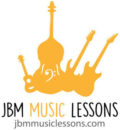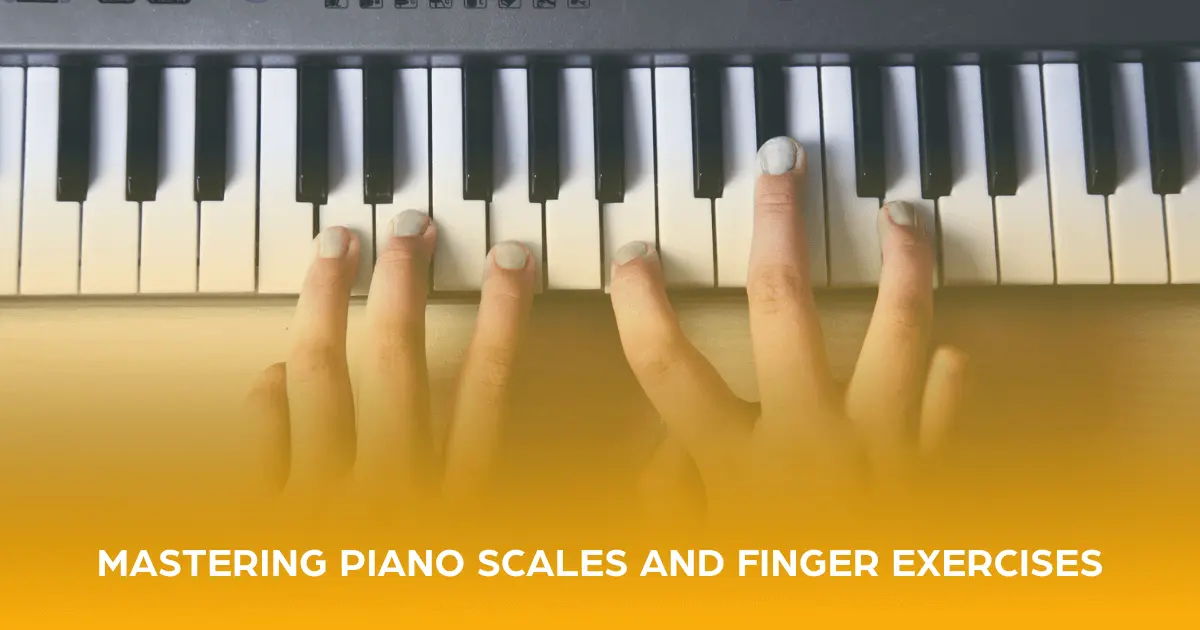The piano has captivated the hearts of musicians for centuries and is considered one of the most rewarding instruments to learn. It can be used to play many different genres of music and has the unique ability to play multiple parts simultaneously. Because the piano is so versatile, musicians can spend many years developing their skills and growing in their ability to play more and more complex pieces.
Of course, learning to play the piano requires hours of practice. You will spend time learning songs you enjoy but you will also need to practice technical exercises. Mastering piano scales and finger exercises has many benefits, such as:
- Developing strength in your fingers
- Improving your finger agility and speed
- Improving your coordination
- Warming up your fingers and hands for a more intensive practice or performance
- Builds muscle memory and improves your technical skills
- Improves your overall confidence as a musician
In this article, we’re going to go over some tips for mastering your piano scales and other finger exercises.
Table of Contents
ToggleWhat is a Scale?
A musical scale is a group of notes which ascend or descend in order by pitch. Each scale consists of 7 notes. There are 12 major and 12 minor scales that can be played on a standard 88-key piano. Each scale has a unique sequence of intervals between notes.
For example, the C scale Major contains all “natural notes”, meaning it has no flats or sharps. It goes like this – CDEFGAB. To master the piano, it’s essential to practice all 24 scales.
Tips for Mastering Piano Scales
Learning all of your scales can be tough! First, there are 7 notes in each scale, and you only have 5 fingers on each hand. This means you’ll be crossing over and you may be playing the same notes an octave apart, but not using the same fingers for each note.
You need to keep track of when to tuck under or cross over and your fingers will twist and turn at different times. The sheer amount of scales to learn can be overwhelming! Don’t worry – the more you practice, the more you will develop the muscle memory to master your scales. Here are some tips you can try:
- Start Slow – If you are a beginner piano player, be realistic with your expectations. Start by practicing slowly. If necessary, use your right hand, then your left hand, then combine the two together. Relax, take breaths, and be patient with yourself. Mastering scales takes time so don’t rush the process!
- Use a Metronome – A metronome is a device that produces a steady beat to help musicians play rhythms accurately, measured in beats-per-minute (BPM). Using a metronome while you practice can help you build accurate scales. Start with a slow tempo and gradually increase your BPM.
- Play in Different Octaves – Practice your scales in different octaves, using both hands.
- Use Labels – Use stickers or labels to help you memorize the notes on each scale and where each note is on your piano.
- Vary Dynamics, Tempo, Articulation, and Mood – Try playing your scales in different ways. You can practice varying the dynamics, tempo, articulation, and mood.
- Practice in Chunks – You don’t need to spend hours practicing every single scale, every single day. Start by practicing in small chunks, focusing on a few scales each session.
Other Finger Exercises
Mastering your scales is something every piano player needs to do. However, there are other finger exercises you can practice to add to your skill set, including:
- Chords – A piano chord is a combination of two or more notes played simultaneously. Make sure you know which key you are playing in and practice your chord progressions.
- Arpeggios – Arpeggios for piano are a way to practice playing a chord’s notes one after the other, instead of all at once. These are also known as “broken chords”. Try to learn a new arpeggio each day or week.
- Pentascales – Pentascales are scales that consist of 5 notes instead of 7. Play a 5-note scale, holding down each note until you play the next, or try playing the same pentascale in a staccato manner. Repeat this exercise multiple times, aiming to go faster each time.
Learning to play the piano requires dedication and commitment. By regularly practicing your scales and other finger exercises you’ll improve your technique and become more confident playing a wide variety of music. For piano lessons in Los Angeles, contact us today at JBM Music Lessons.










